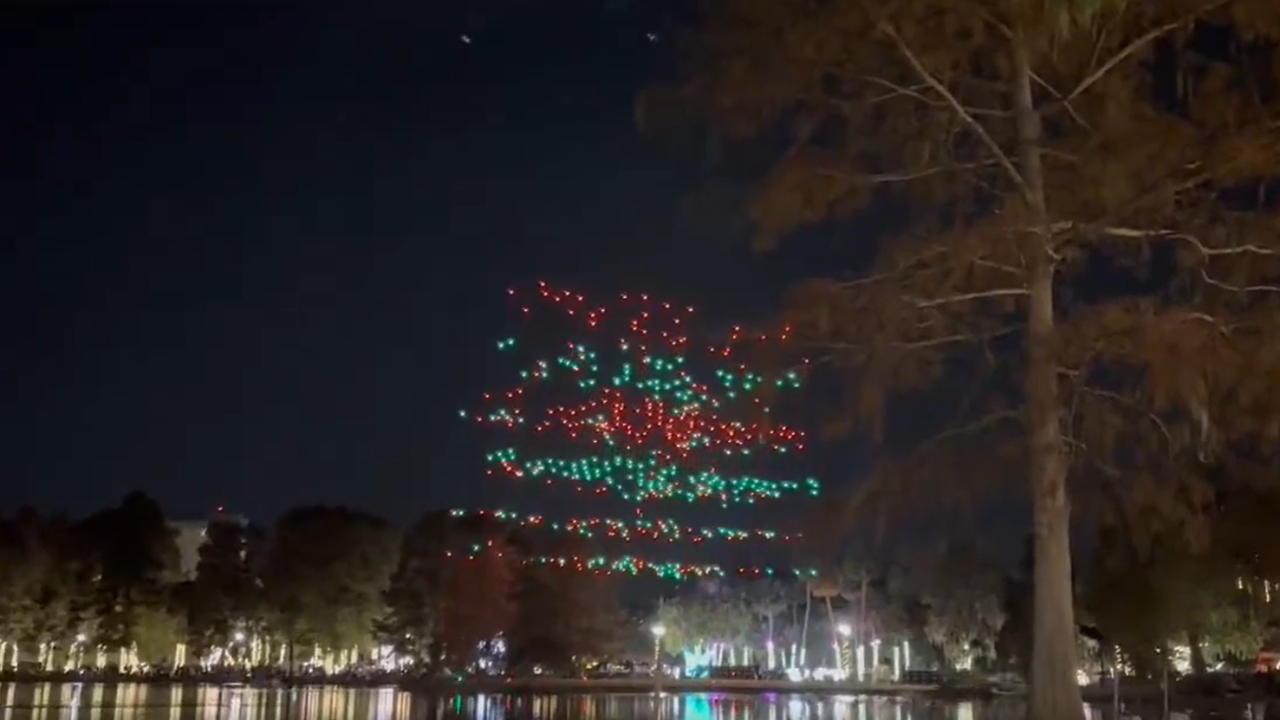Florida Drone Show: Imagine a breathtaking spectacle of hundreds of drones painting vibrant images across the Florida night sky, synchronized to music and storytelling. This isn’t science fiction; it’s the rapidly evolving world of drone shows, transforming entertainment and impacting Florida’s economy. This guide dives into the regulations, locations, technology, and future of these mesmerizing displays.
From understanding the permitting process and airspace regulations to exploring the diverse types of shows – themed, musical, or advertising – we’ll uncover the intricacies behind these stunning performances. We’ll also examine the economic impact on Florida’s tourism and local businesses, and discuss crucial safety considerations to ensure these events remain both spectacular and safe.
Florida Drone Show Regulations and Permits
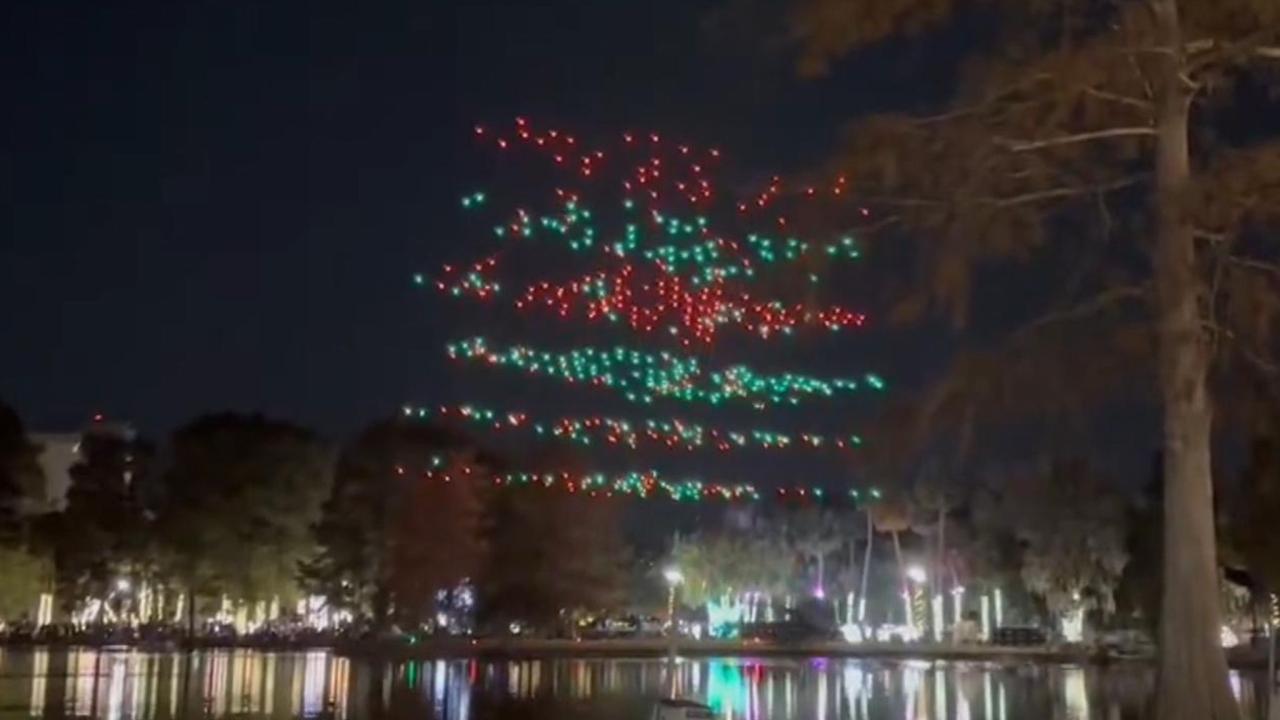
Navigating the legal landscape of drone shows in Florida requires understanding permits, airspace limitations, and distinctions between commercial and private events. This section clarifies these aspects to ensure compliance and a successful show.
Obtaining Permits for Drone Shows in Florida
The process of obtaining permits for drone shows in Florida involves several steps. First, you must register your drone with the FAA (Federal Aviation Administration). Then, you need to apply for airspace authorization through LAANC (Low Altitude Authorization and Notification Capability) or, in some cases, directly with the FAA. This involves submitting a detailed flight plan specifying the show’s location, dates, times, and drone specifications.
Florida drone shows are becoming increasingly popular, offering spectacular light displays. However, the recent incident involving a drone crash in Paris highlights the importance of safety regulations and technological advancements in this field. Understanding these risks is crucial for ensuring the continued success and safety of future Florida drone shows, both for the audience and the operators.
Finally, you may need to obtain local permits from municipalities or relevant authorities depending on the show’s location and scale. Failure to secure all necessary permits can result in significant penalties.
Airspace Restrictions and Flight Limitations
Florida’s airspace, like any other region, has restrictions. These include proximity to airports, military installations, and other sensitive areas. Drone operators must maintain a safe distance from these locations and adhere to altitude limitations specified in their permits. Furthermore, weather conditions significantly impact flight safety; strong winds, heavy rain, or low visibility can necessitate show postponements or cancellations.
Permit Requirements: Commercial vs. Private Drone Shows
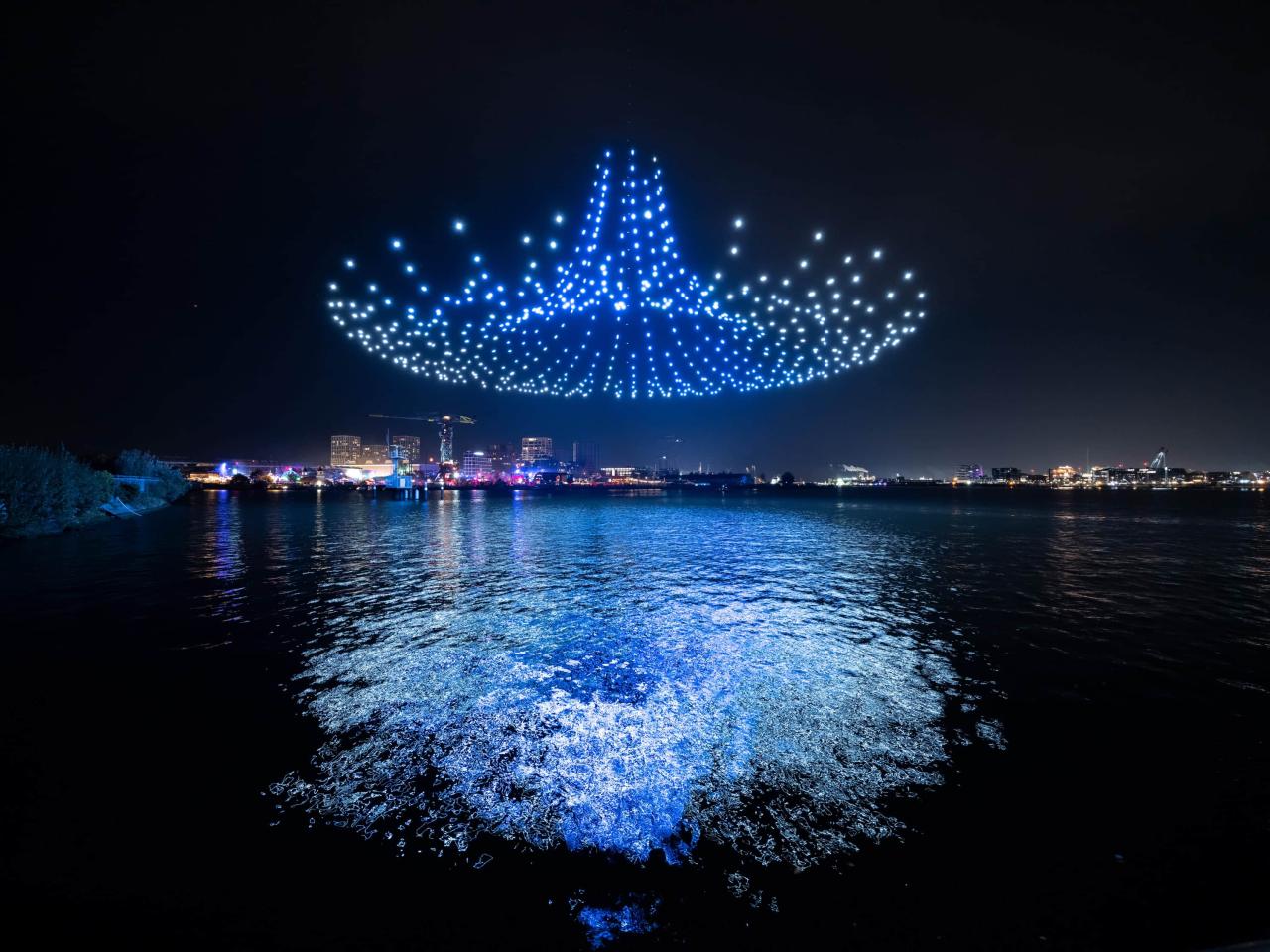
The permitting process differs between commercial and private drone shows. Commercial shows, involving paid services or advertising, necessitate more rigorous documentation, including proof of insurance and operator certifications. Private shows, typically for personal enjoyment, usually have less stringent requirements but still need to adhere to all FAA regulations and local ordinances. It’s crucial to understand these distinctions to avoid legal issues.
Key Aspects of Florida Drone Show Regulations
| Permit Type | FAA Authorization | Local Permits | Insurance Requirements |
|---|---|---|---|
| Commercial | LAANC or FAA approval, detailed flight plan | May vary by location, potentially requiring event permits | Comprehensive liability insurance is mandatory |
| Private | LAANC approval (often simpler process), basic flight plan | May be required depending on location and show size | Insurance may be recommended but not always mandatory |
Popular Locations for Florida Drone Shows
Several locations in Florida offer unique settings for spectacular drone shows. The selection depends on factors like audience capacity, visual backdrop, and accessibility. Here are five popular choices, considering these aspects.
Five Popular Drone Show Locations in Florida
- St. Augustine: The historic backdrop of St. Augustine’s colonial architecture provides a stunning contrast to the modern technology of drone light shows. Advantages include ample space and a beautiful setting; disadvantages might include potential restrictions due to historical preservation.
- Miami Beach: The iconic skyline and beachfront provide a dynamic backdrop. Advantages include large viewing areas and a vibrant atmosphere; disadvantages might include higher permit costs and more complex logistical considerations due to the dense population.
- Orlando: The central location and proximity to major theme parks provide excellent accessibility. Advantages include large potential audiences and strong tourism infrastructure; disadvantages might include stricter regulations due to the high volume of air traffic.
- Clearwater Beach: The expansive beach offers a large, open space with a beautiful waterfront view. Advantages include a relaxed atmosphere and stunning sunset opportunities; disadvantages might include potential weather-related cancellations.
- Siesta Key Beach: Known for its pristine white sand, this location offers a serene and picturesque backdrop. Advantages include a stunning natural setting and a more intimate feel; disadvantages might include limited space for larger shows and potential access limitations.
Types of Drone Shows in Florida
Drone shows in Florida showcase diverse creativity and technical capabilities. From themed spectacles to musical performances, the variety offers unique viewing experiences. This section explores several types and their characteristics.
Examples of Drone Show Types in Florida
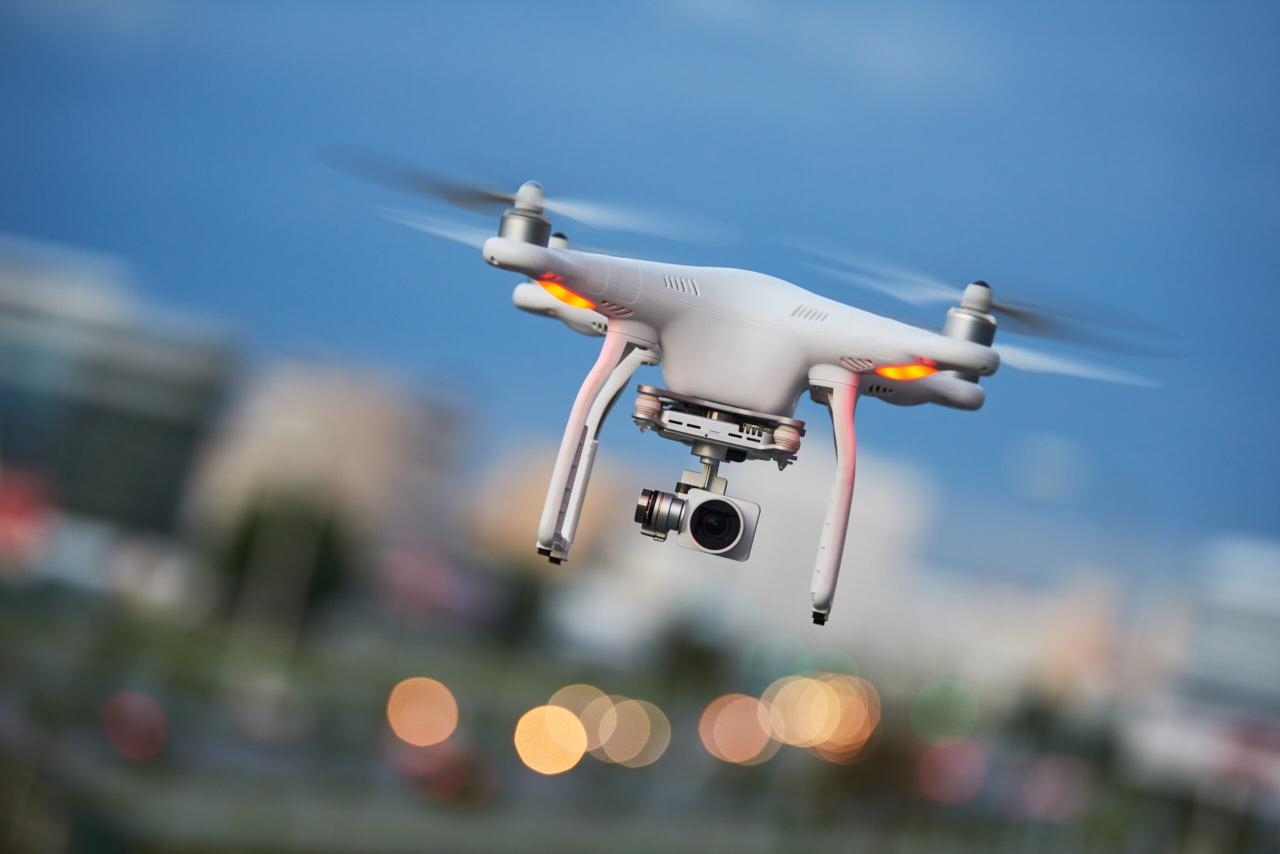
| Show Type | Key Features | Challenges/Opportunities |
|---|---|---|
| Themed Shows (e.g., holiday, historical) | Use of color, patterns, and formations to tell a story or represent a theme. | Requires meticulous choreography and synchronization; offers potential for engaging narratives. |
| Musical Performances | Drones synchronized with music to create visual representations of the rhythm and melody. | Requires precise timing and complex programming; offers a multi-sensory experience. |
| Advertising Displays | Use of drones to display logos, brand messages, or product information. | Requires clear and concise visual messaging; offers a unique and memorable advertising platform. |
Technological Aspects of Florida Drone Shows
The technology behind Florida’s drone shows is sophisticated, involving specialized drones, software, and communication systems. Understanding these elements is crucial for planning and executing a successful show.
Drone Types, Software, and Hardware
Various drones are used, often equipped with high-intensity LEDs for vibrant displays. Software platforms manage flight paths, lighting sequences, and synchronization. Hardware components include GPS modules for precise positioning, flight controllers for stability, and communication systems for reliable data transmission between drones and the control station. Advanced shows may utilize AI for autonomous flight path generation and obstacle avoidance.
GPS, Flight Controllers, and Communication Systems
GPS ensures accurate positioning of each drone. Flight controllers maintain stability and execute programmed maneuvers. Robust communication systems are essential for real-time control and data exchange, preventing glitches and ensuring synchronized movements. Redundancy in communication systems is vital for mitigating potential failures.
Programming a Simple Drone Light Show Sequence, Florida drone show
Programming involves using specialized software to define individual drone movements and light patterns. This typically involves creating a sequence of waypoints for each drone, specifying its altitude, speed, and lighting configuration at each point. The software then synchronizes these sequences to create the overall show effect. This process requires technical expertise and often involves simulations to refine the choreography.
Economic Impact of Florida Drone Shows
Drone shows contribute significantly to Florida’s economy, boosting tourism, supporting local businesses, and creating jobs. Understanding these economic effects highlights the shows’ value.
Economic Benefits and Stakeholders
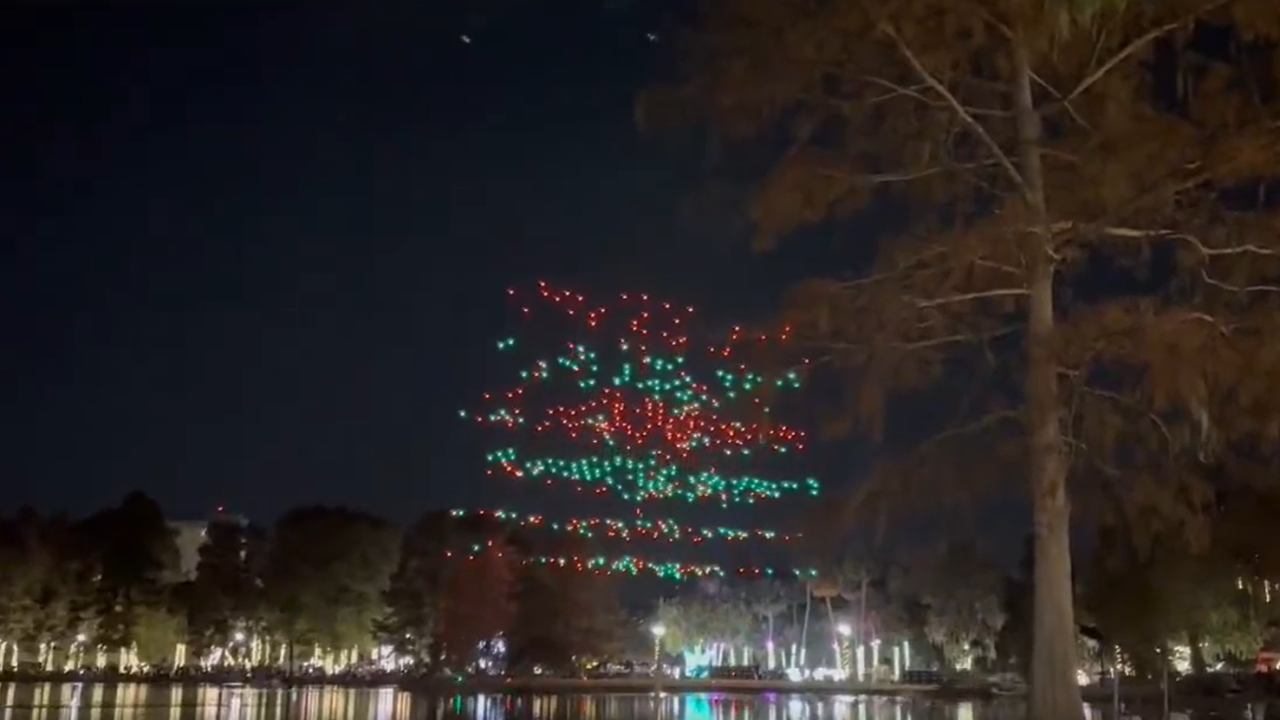
Drone shows attract tourists, generating revenue for hotels, restaurants, and other businesses. They create jobs for drone operators, programmers, event organizers, and support staff. Local communities benefit from increased spending and economic activity during show events.
Florida drone shows are becoming increasingly popular, offering spectacular nighttime displays. If you’re looking for inspiration for your own show, check out the amazing visuals from a different location, like the niagara falls drone show , which uses the falls as a stunning backdrop. Seeing how other shows utilize different environments can help you plan a unique and memorable Florida drone show.
Revenue Generation and Job Creation
Ticket sales, merchandise, and related tourism spending directly contribute to revenue. The industry fosters job creation in technology, event management, and hospitality sectors. The cumulative economic impact can be substantial, particularly in areas with strong tourism infrastructure.
Potential Economic Benefits of Drone Shows in Florida
| Economic Benefit | Example |
|---|---|
| Tourism Revenue | Increased hotel bookings and restaurant patronage during show events. |
| Job Creation | Employment opportunities for drone pilots, programmers, and event staff. |
| Local Business Support | Increased sales for local businesses providing services or goods related to the event. |
Safety Considerations for Florida Drone Shows
Safety is paramount in drone shows. Mitigating risks to spectators, property, and the environment is crucial for successful and responsible events. This section Artikels key safety protocols.
Potential Safety Hazards and Protocols
Potential hazards include drone malfunctions, uncontrolled flight, and collisions. Safety protocols include pre-flight inspections, redundant systems, emergency response plans, and designated exclusion zones for spectators. Clear communication channels and trained personnel are also vital.
Emergency Response Planning
Comprehensive emergency response plans are essential, addressing potential scenarios such as drone crashes, injuries, or unexpected weather events. This includes having designated emergency personnel, communication systems, and procedures for evacuating spectators if necessary. Collaboration with local emergency services is crucial.
Safety Measures: Before, During, and After the Show
- Before: Thorough pre-flight checks, airspace assessment, weather monitoring, safety briefings for all personnel.
- During: Continuous monitoring of drone operations, communication with control station, immediate response to any anomalies.
- After: Post-flight inspection of drones, review of flight data, assessment of any incidents, and clean-up of the show area.
Future Trends in Florida Drone Shows
Technological advancements are constantly reshaping the landscape of drone shows. This section explores emerging trends and their potential impact on future events.
Advancements in Drone Capabilities and Software
Future drones will likely feature enhanced autonomy, improved battery life, and more sophisticated lighting systems. Software will incorporate advanced AI for automated choreography, obstacle avoidance, and real-time adjustments based on environmental factors. Increased integration with other technologies, such as augmented reality, is also anticipated.
Impact of Technological Advancements
These advancements will allow for more complex and dynamic shows with larger numbers of drones and more intricate formations. The shows will become more responsive to audience interaction and potentially incorporate elements of personalized experiences. AI will streamline the choreography process, enabling the creation of even more elaborate and visually stunning displays.
Increased Use of AI and Automation
AI will play an increasingly important role in automating aspects of drone show production, from flight path planning and synchronization to real-time adjustments based on weather conditions or unexpected events. This will reduce the need for manual intervention and allow for more complex and ambitious show designs.
A Hypothetical Future Drone Show in Florida
Imagine a drone show over the beaches of South Florida, where thousands of drones autonomously form intricate, ever-changing patterns reflecting the ocean’s waves and marine life. The show integrates augmented reality, overlaying digital elements onto the real-world display, creating a truly immersive and interactive experience for spectators. AI dynamically adjusts the choreography based on audience response and environmental conditions, creating a unique show each time.
Ultimate Conclusion
Florida drone shows represent a dynamic intersection of technology, entertainment, and economic opportunity. As drone technology continues to advance, so too will the scale and sophistication of these displays. By understanding the regulations, embracing safety protocols, and leveraging the economic potential, Florida can solidify its position as a leading destination for innovative and awe-inspiring drone show experiences. The future is bright, literally, for drone shows in the Sunshine State.
Essential FAQs
What’s the best time of year for a Florida drone show?
Florida’s drone shows are getting bigger and more impressive each year! Thinking about the technology involved, it’s easy to see how drone delivery is becoming a reality. Check out this list of current amazon drone delivery locations to see how far the tech has come. This rapid advancement is definitely influencing the designs and capabilities showcased in Florida’s spectacular drone light displays.
Generally, the cooler, drier months (October-April) offer the most stable weather conditions, ideal for drone shows.
How much does it cost to put on a drone show in Florida?
Costs vary greatly depending on the show’s scale, duration, complexity, and the number of drones used. Expect significant investment in permits, equipment, and personnel.
Are there any age restrictions for spectators at drone shows?
Age restrictions are usually determined by the specific event organizer but often are family-friendly events with no specific age limits.
What happens if bad weather threatens a drone show?
Most shows have contingency plans, often involving postponements or cancellations due to safety concerns. Organizers typically communicate weather-related updates to attendees.
